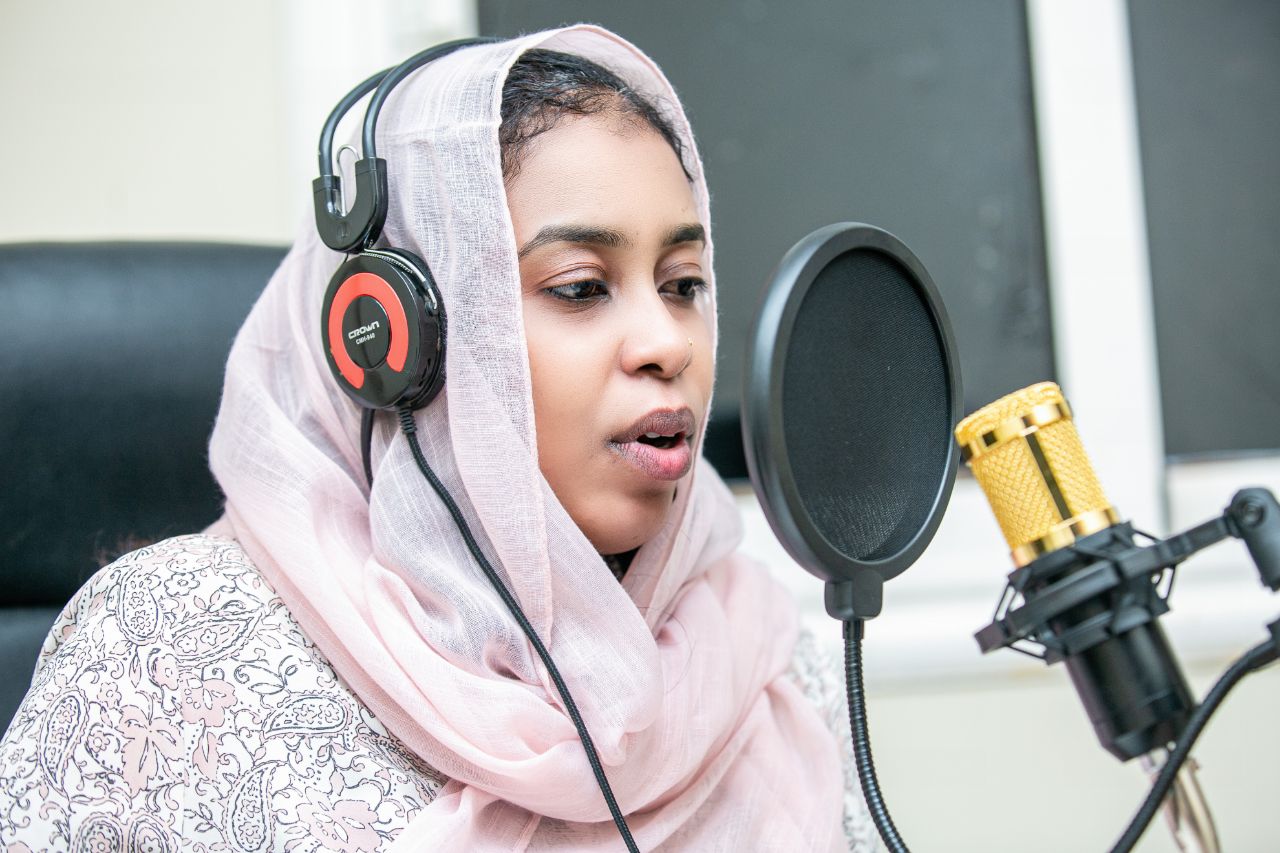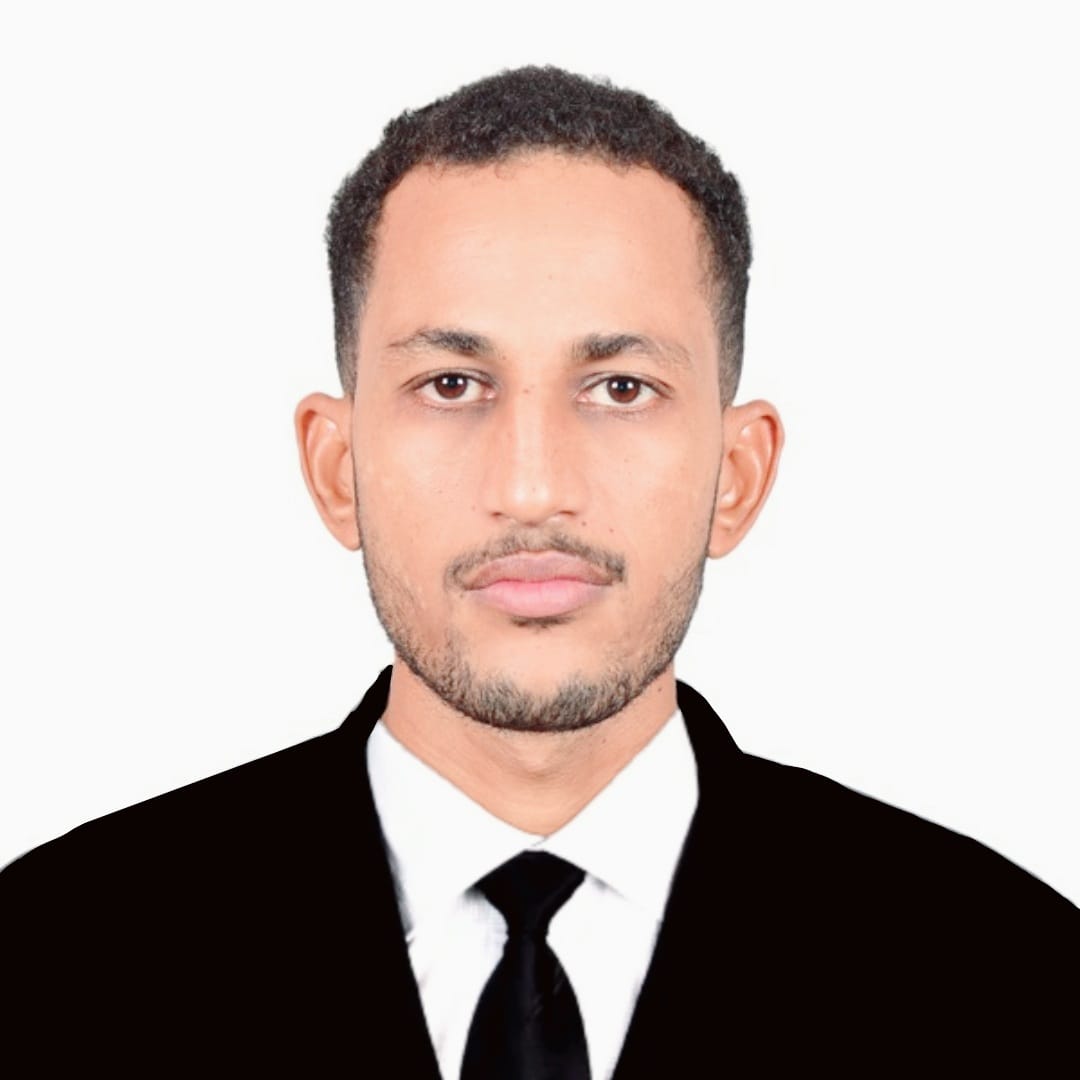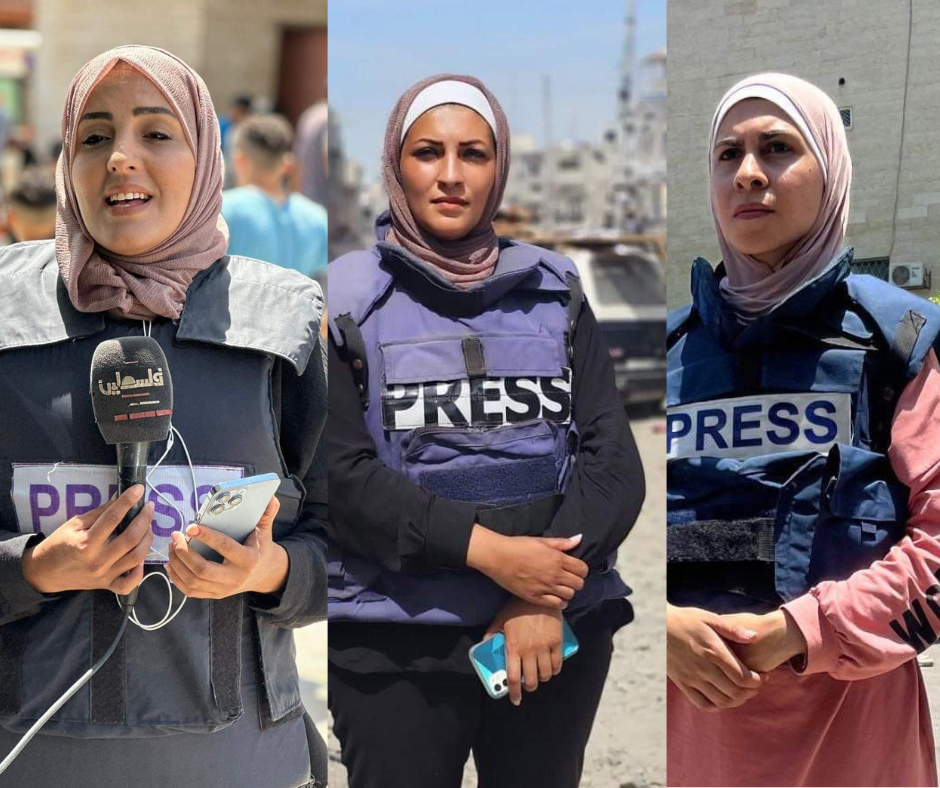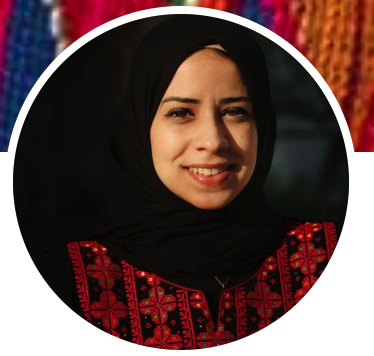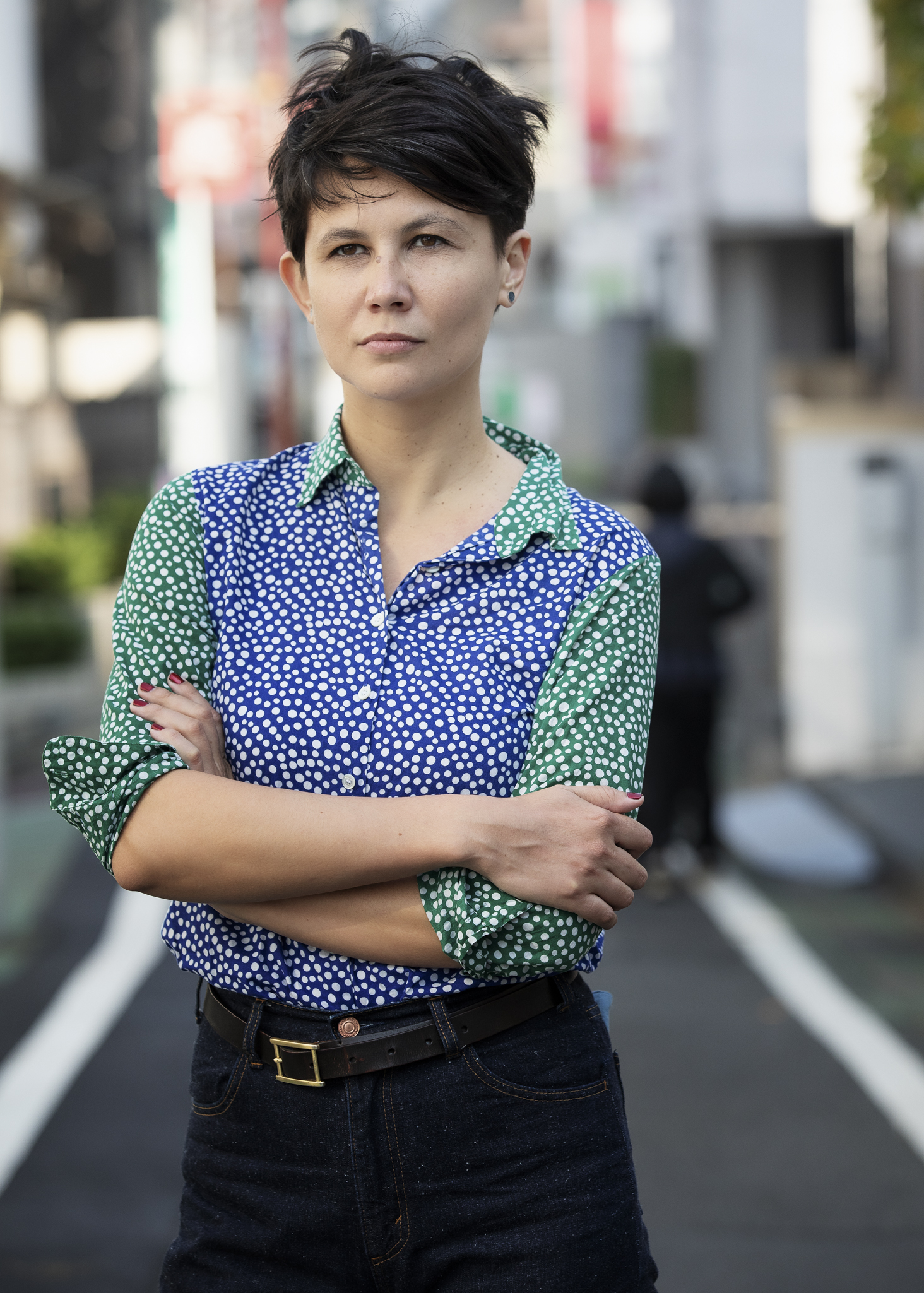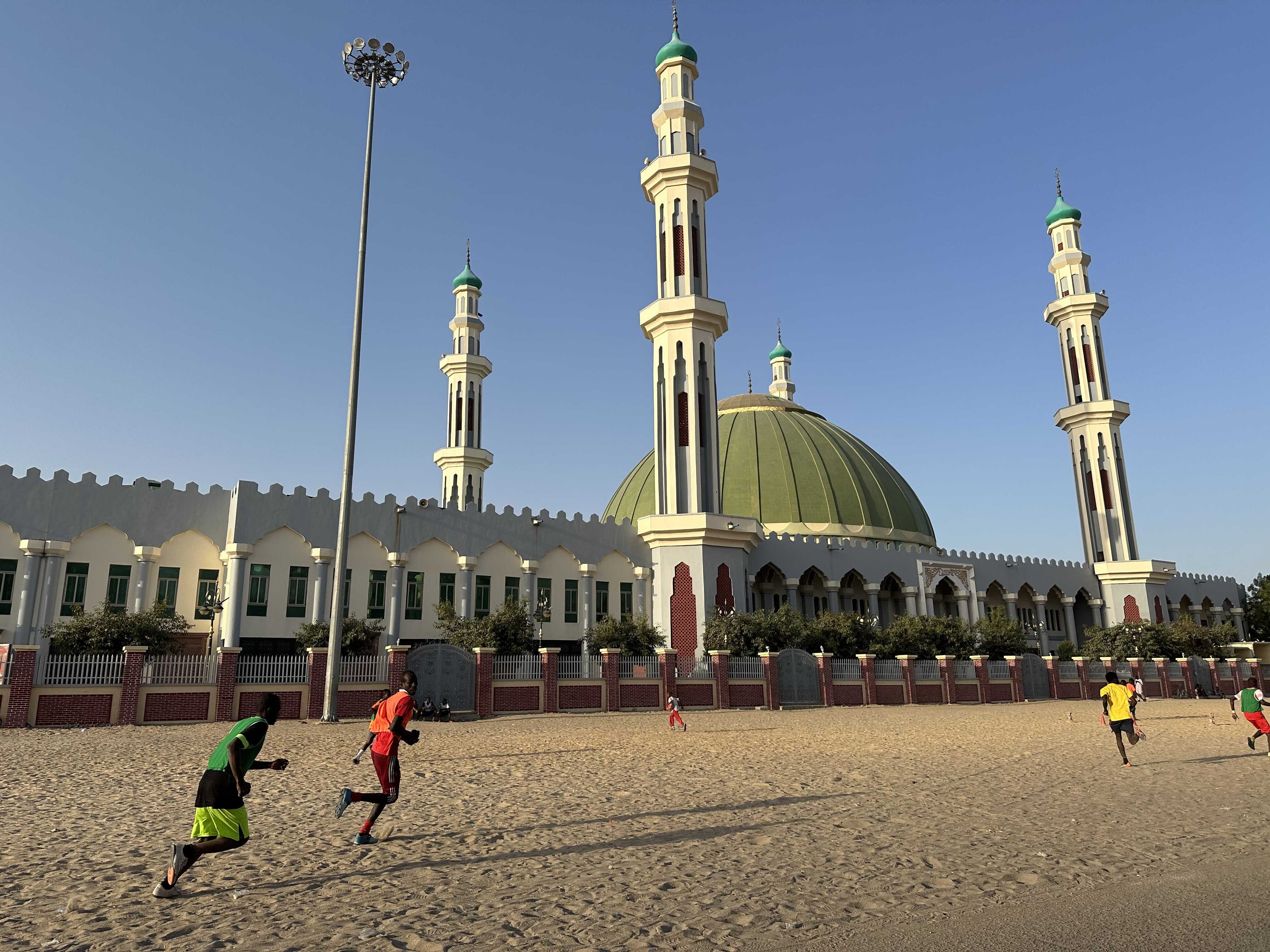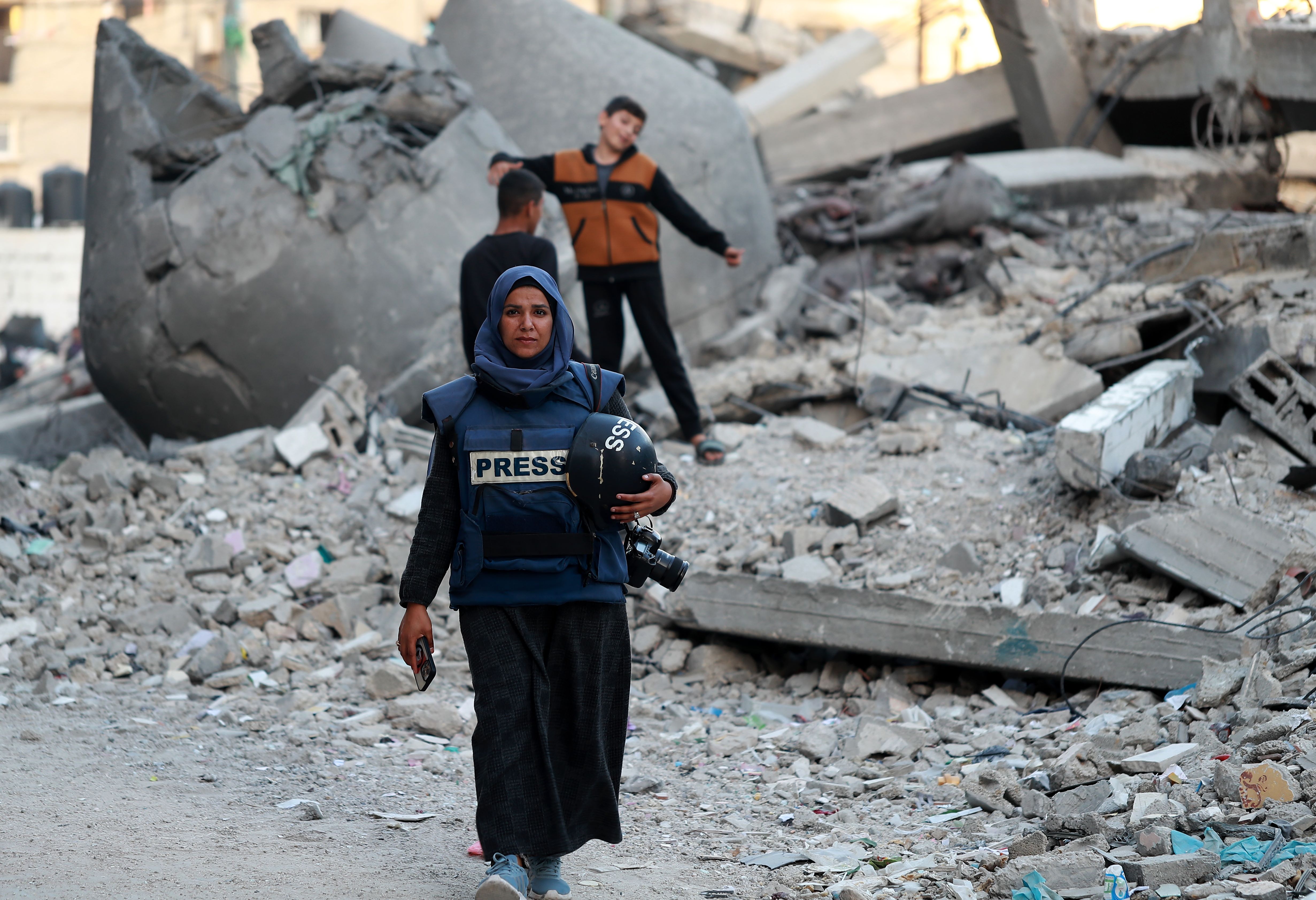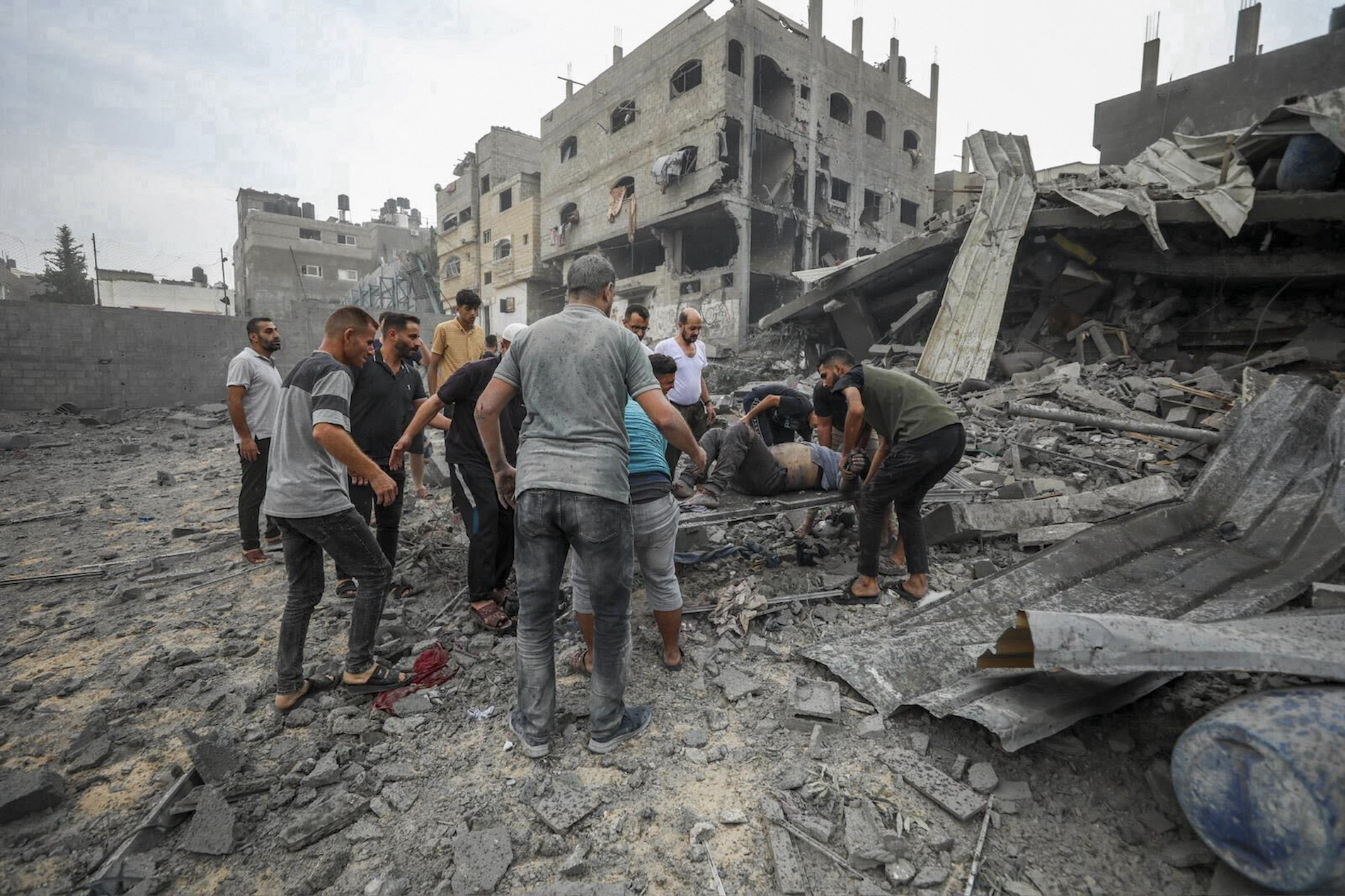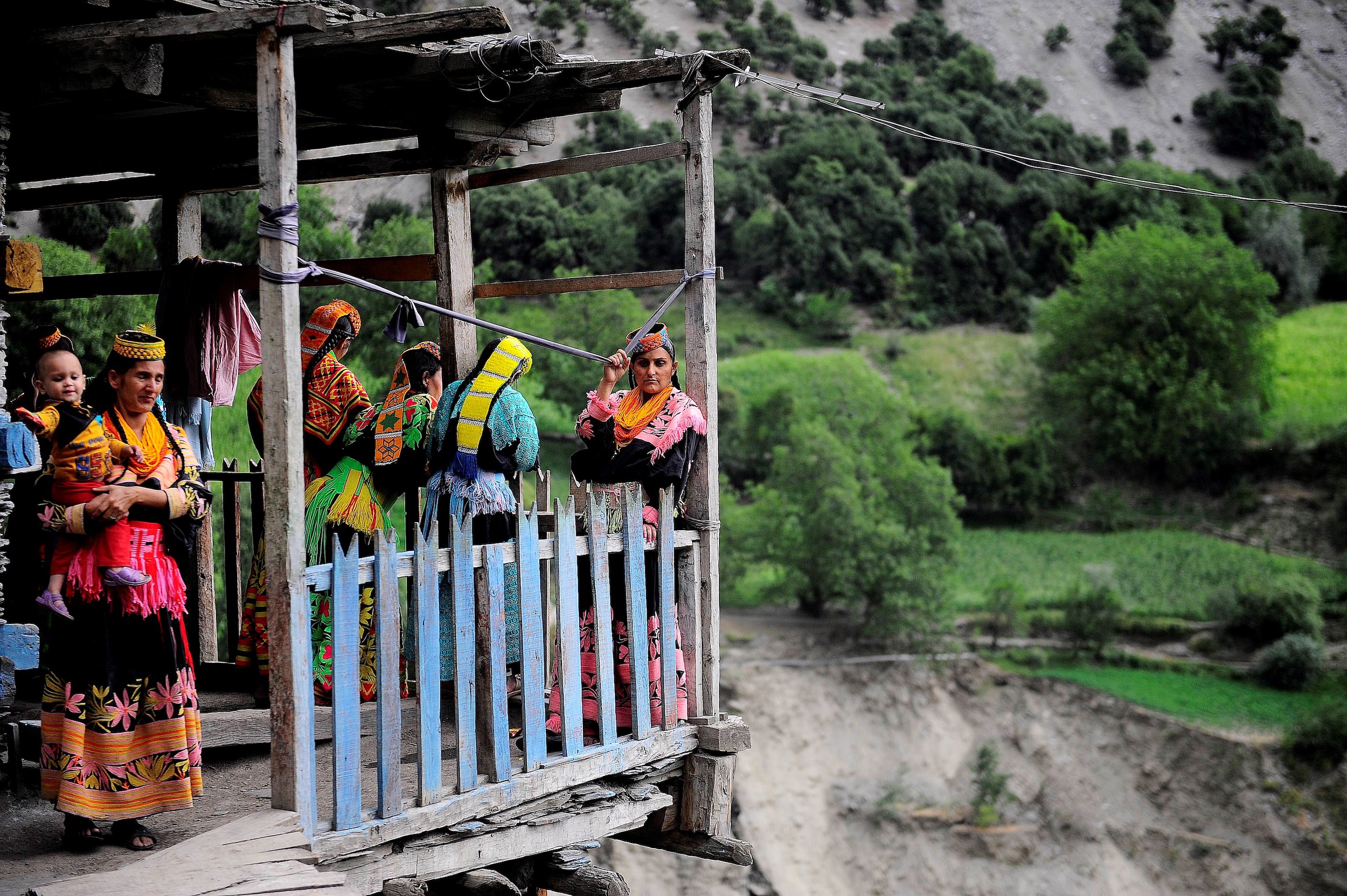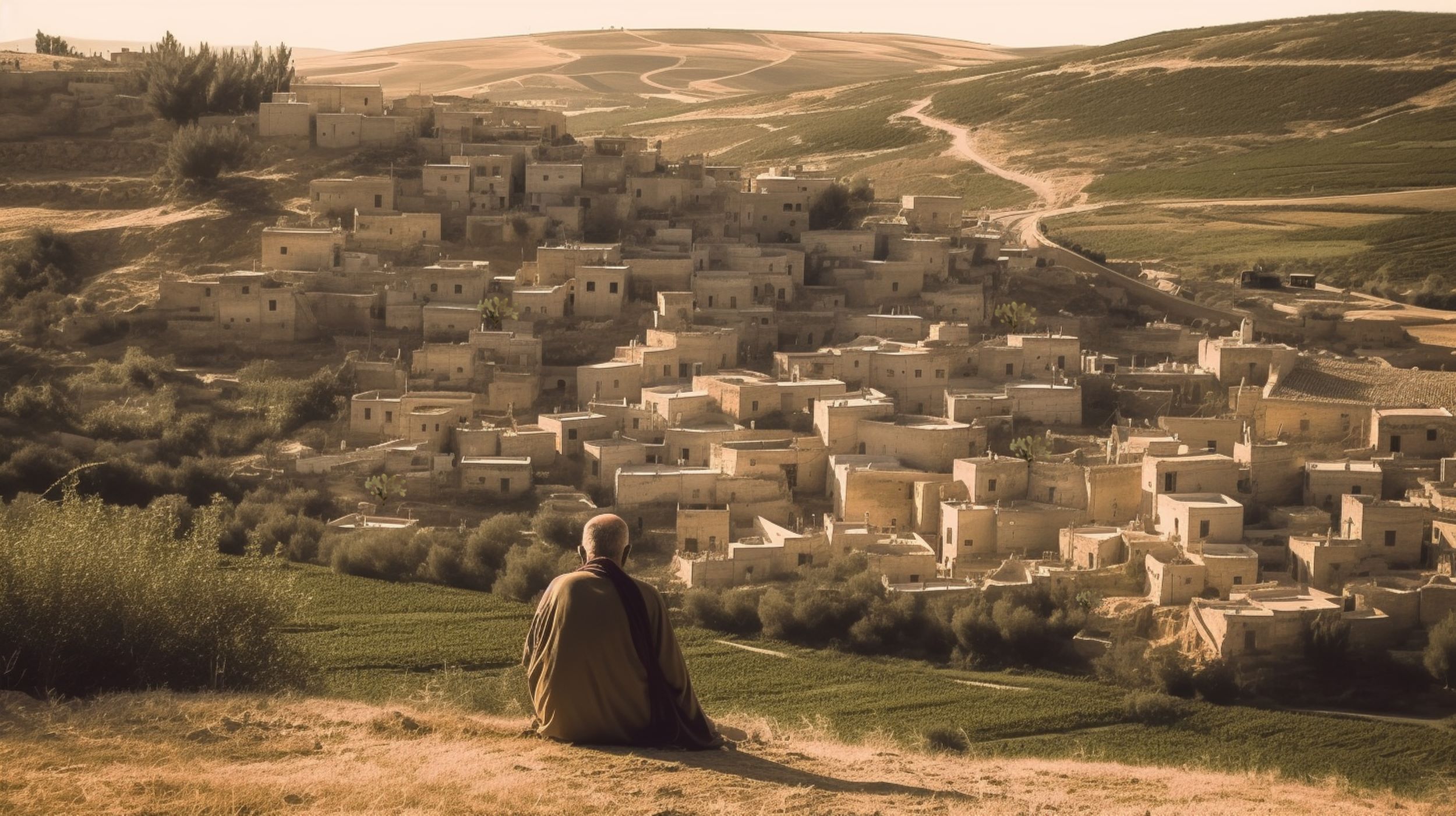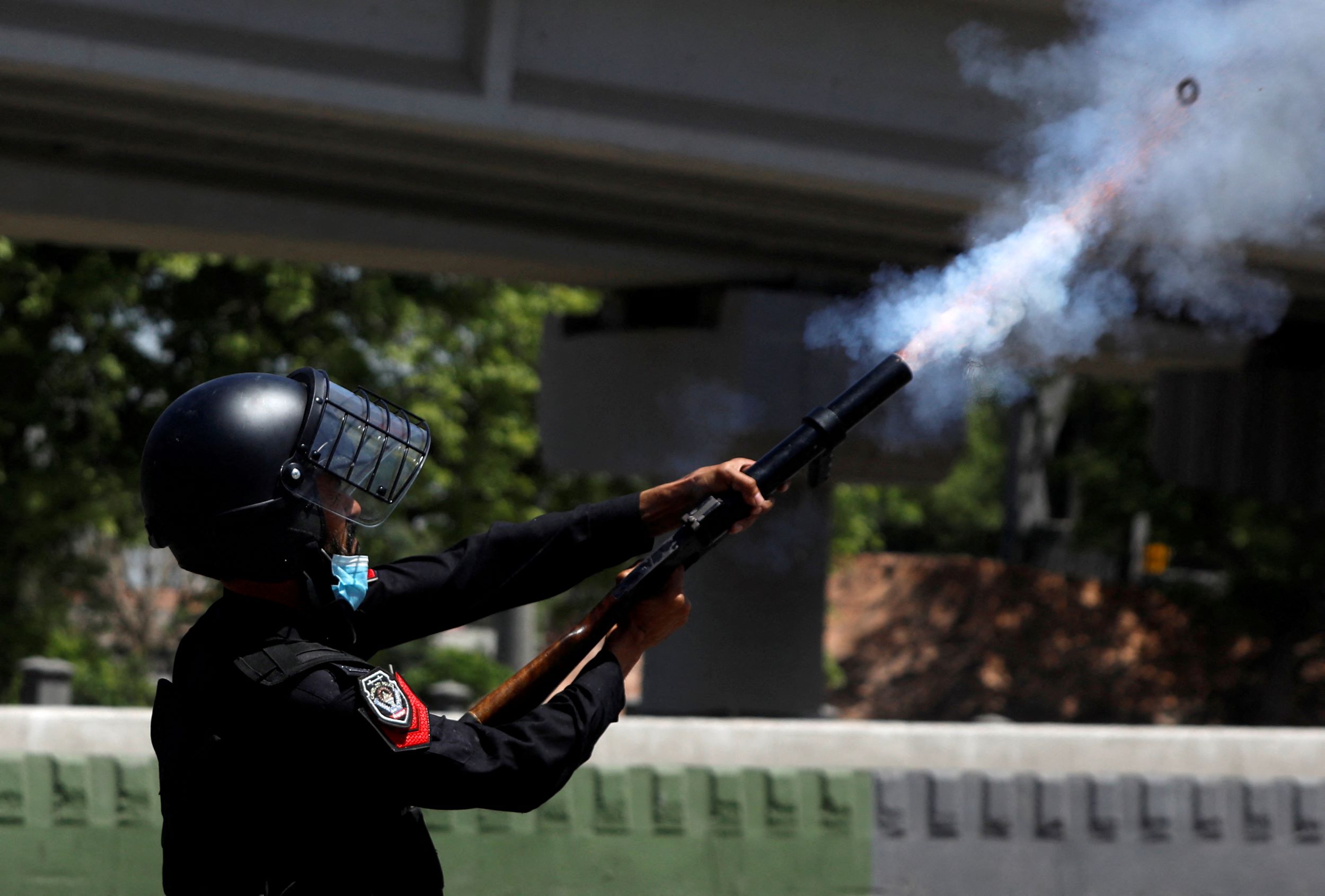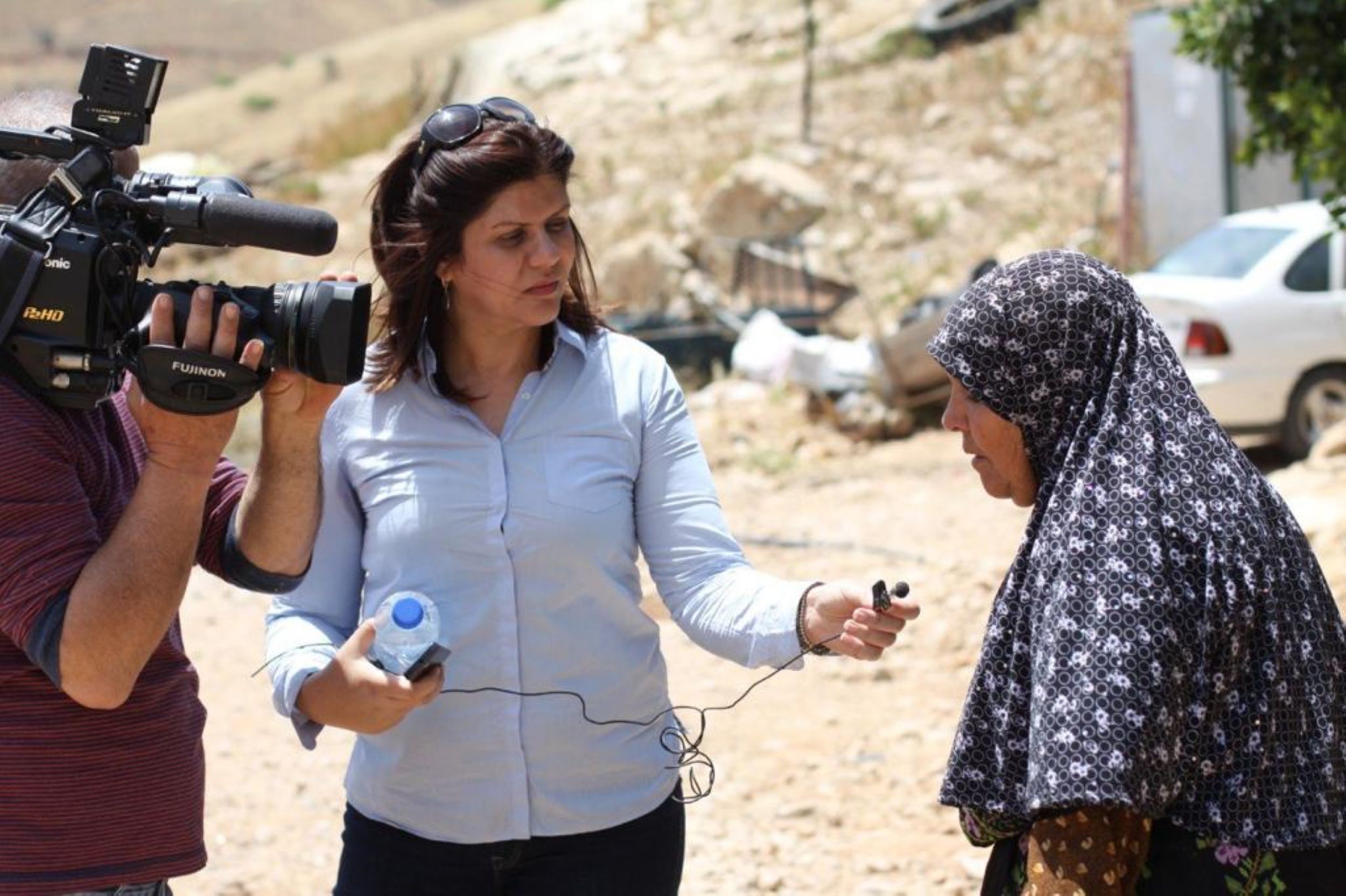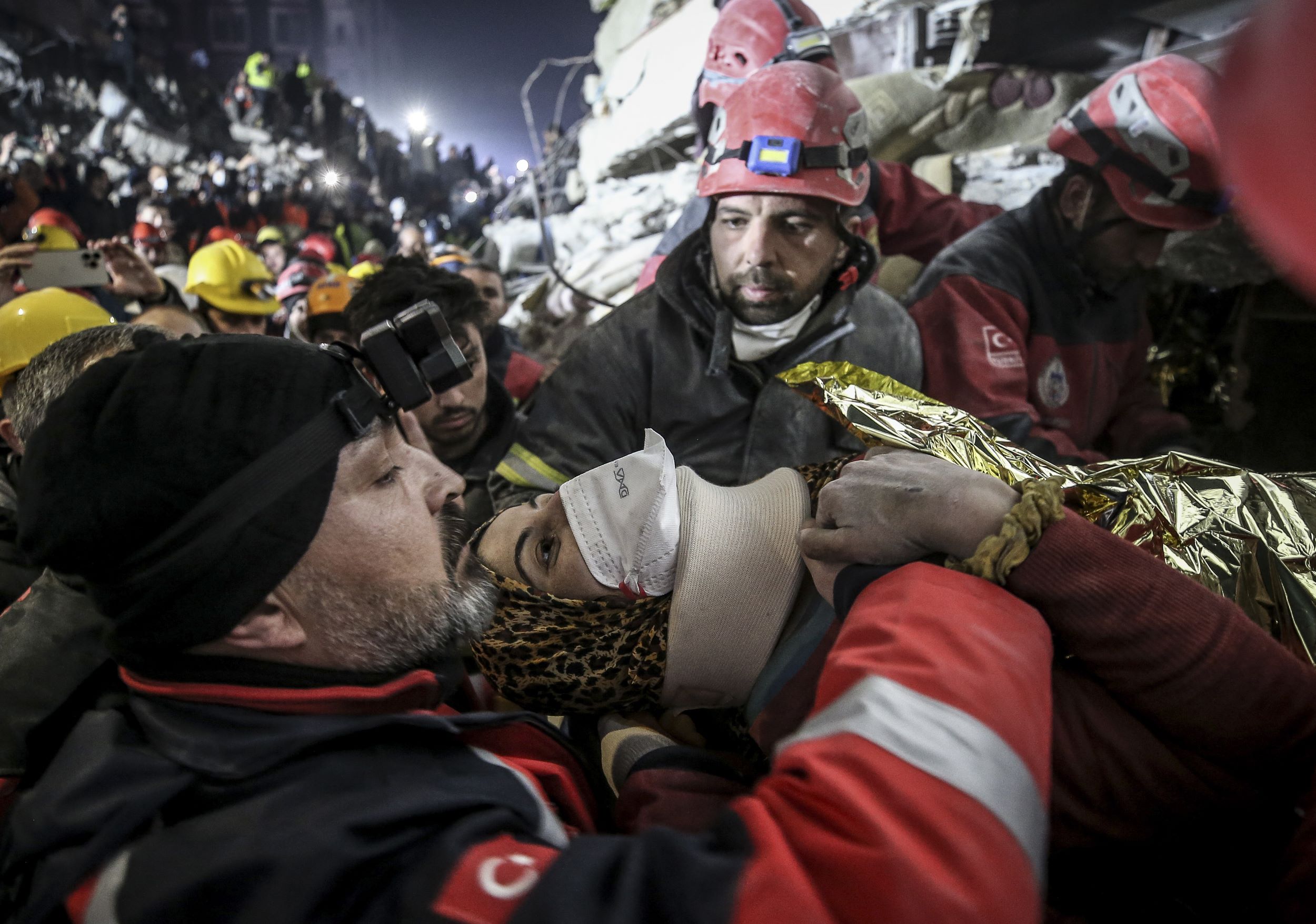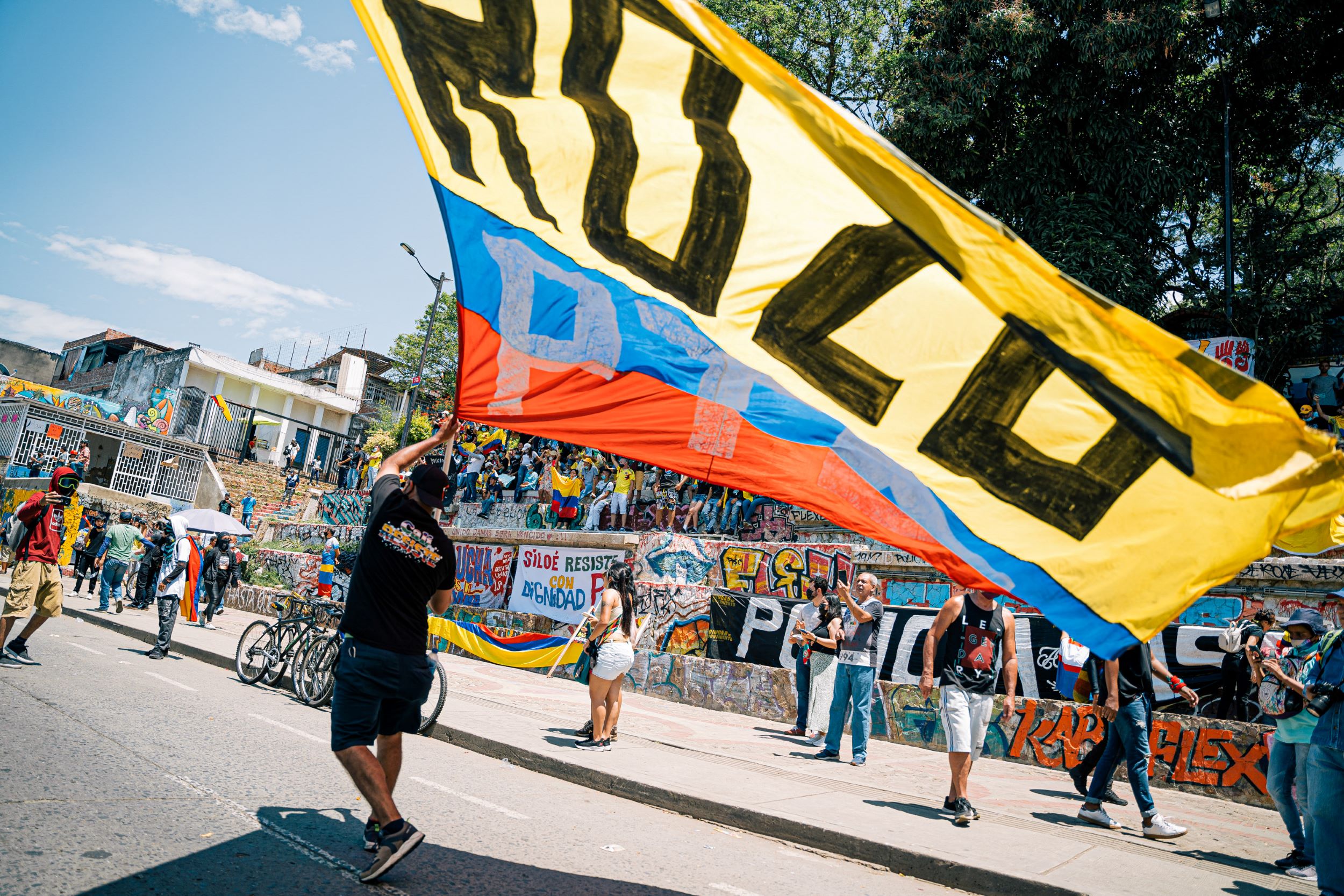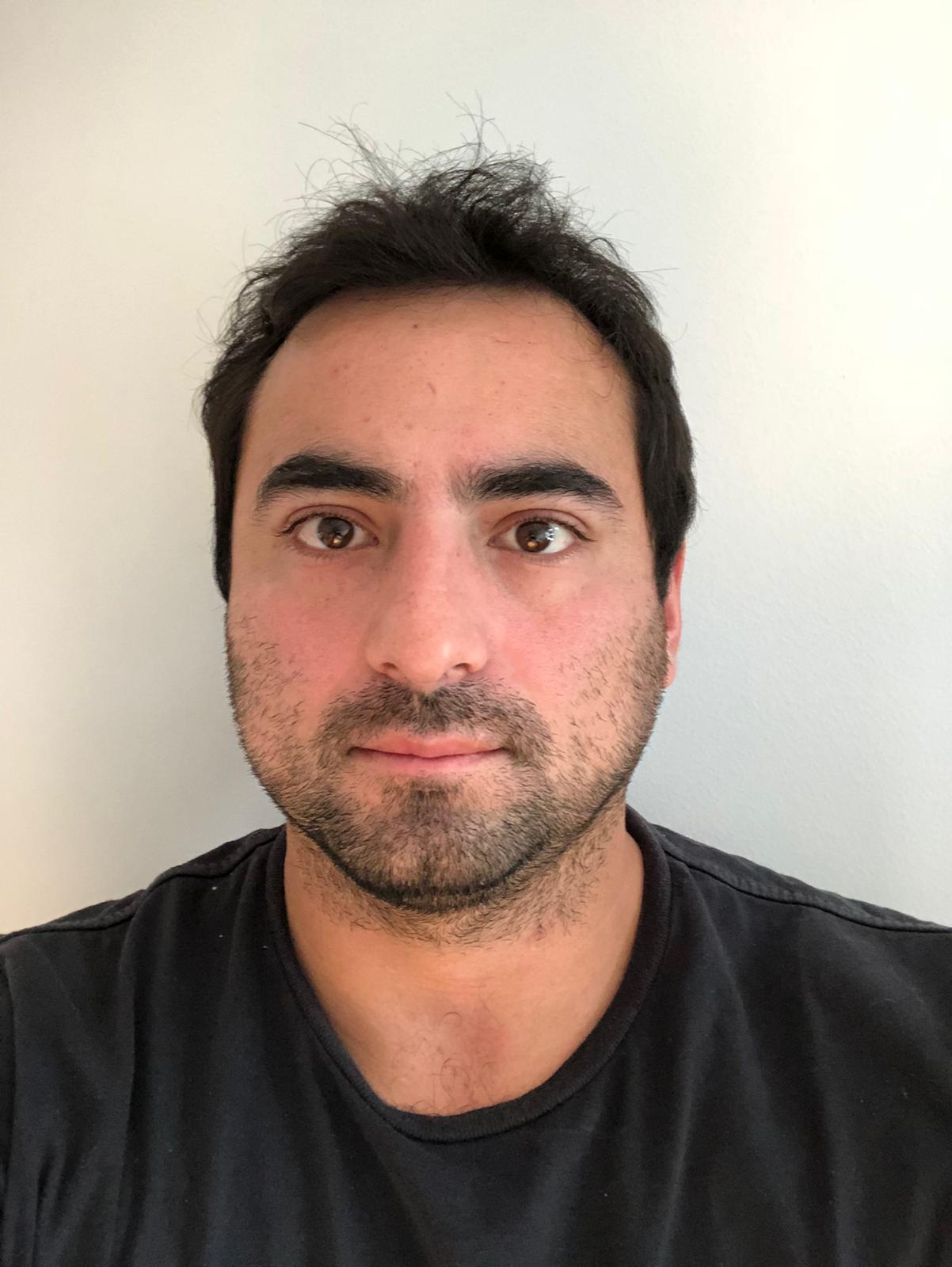ما إن تبدأ قوات الاحتلال الإسرائيلي عدوانها على قطاع غزة، حتى يلجأ الصحفيون مباشرة إلى تفعيل خطط الطوارئ.
وتستنفر المؤسسات الإعلامية طواقمها العاملة في الميدان، بعدما اجتهدت في إعدادها وتوزيع الأدوار والمهام بشكل دقيق بين العاملين مستفيدة من التجارب السابقة في التغطية الميدانية للحروب والأزمات التي اعتاد عليها قطاع غزة.
المصور الصحفي محمد أسعد، واحد ممن أعلن حالة الطوارئ لحظة بدء العدوان الأخير على غزة، وارتدى درعه الواقي والخوذة وانطلق للميدان.
يقول أسعد الذي عمل على تغطية الحروب على غزة منذ العام 2008 إن التجربة علمته كيف يرسم خطة الطوارئ الخاصة بنفسه ويضع حساباته الدقيقة بين عمله كمصور يريد أن يلتقط القدر الأكبر من الصور التي تظهر الواقع الأليم وجرائم الاحتلال، وبين سلامته الشخصية التي تهددها خطورة الميدان.
في سيارته التي طبع عليها إشارة PRESS واحتفظ بداخلها بمعدات التصوير الخاصة به، وبعض الأطعمة البسيطة وزجاجات المياه، يتنقل المصور أسعد بحذر خشية من صواريخ الاحتلال المتساقطة على رؤوس ساكني القطاع.
يسرد أسعد تجربته بأنه حريص على تغطية الأحداث على مدار الساعة، وفي ساعات الليل المتأخرة يحاول أخذ قسط من الراحة بين زملائه الموجودين في مجمع الشفاء الطبي وسط مدينة غزة، ويوثقون وصول الشهداء والإصابات، حيث تصبح حركتهم أكثر خطورة مع إسدال الليل ستاره على المدينة المظلمة بسبب انقطاع الكهرباء المتواصل.
المصور أسعد الذي حصد عددا من الجوائز العربية والدولية خلال مسيرته المهنية، تحدث عن الكثير من التحديات التي تواجهه كمصور يعمل في الميدان، أولها صعوبة توفير وسائل السلامة المهنية حيث يمنع الاحتلال دخولها إلى قطاع غزة منذ أكثر من خمسة عشر عاما، وللتغلب على ذلك يحتفظ بذات الدرع القديم الذي انتهت صلاحيته الوقائية.
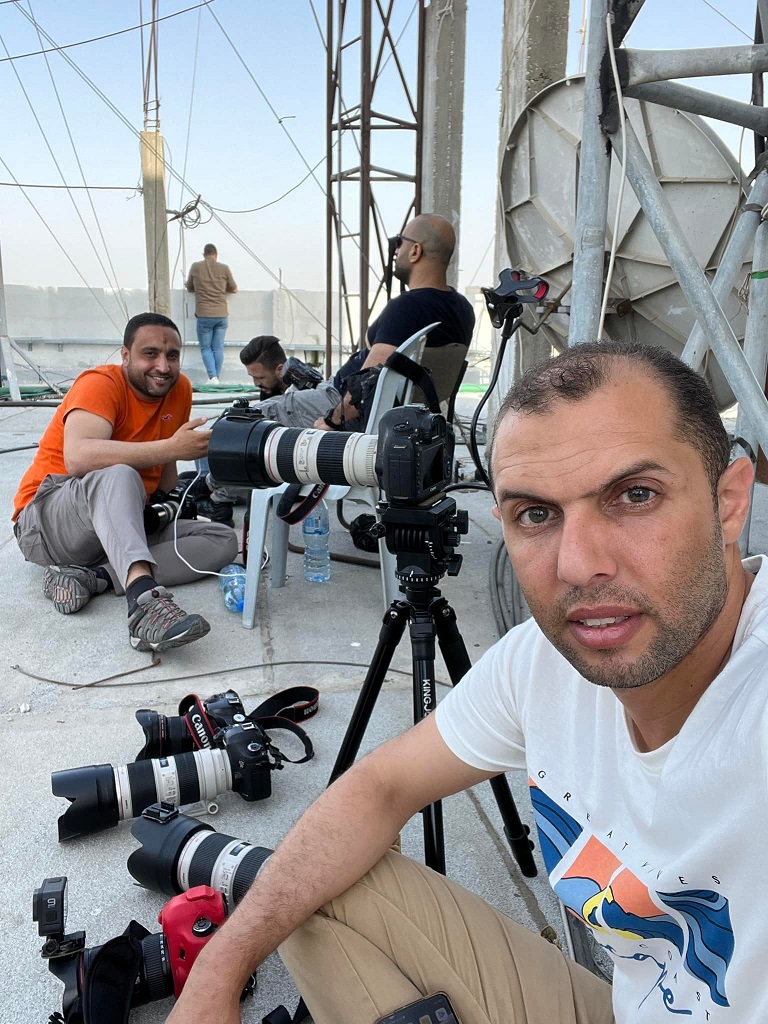
وتشكل أزمات انقطاع التيار الكهربائي وتضرر شبكات الإنترنت تحديا إضافيا أمام الصحفيين لإرسال صورهم والمقاطع المصورة التي اقتنصوها من الميدان، مما يضطرهم للبحث عن وسائل بديلة لإرسالها والتواصل مع الجهات الإعلامية العاملين فيها.
الإرهاق الشديد الذي ينال من الصحفيين خلال تغطيتهم الإخبارية المتواصلة على مدار الساعة، وحرصهم على نقل كل التفاصيل وملاحقة أصوات القذائف فور سقوطها على البنايات والمواطنين، تلخصها صورة التقطها أحد المصورين للزميل هشام زقوت مراسل قناة الجزيرة الذي غلبه النوم وهو جالس على كرسيه.
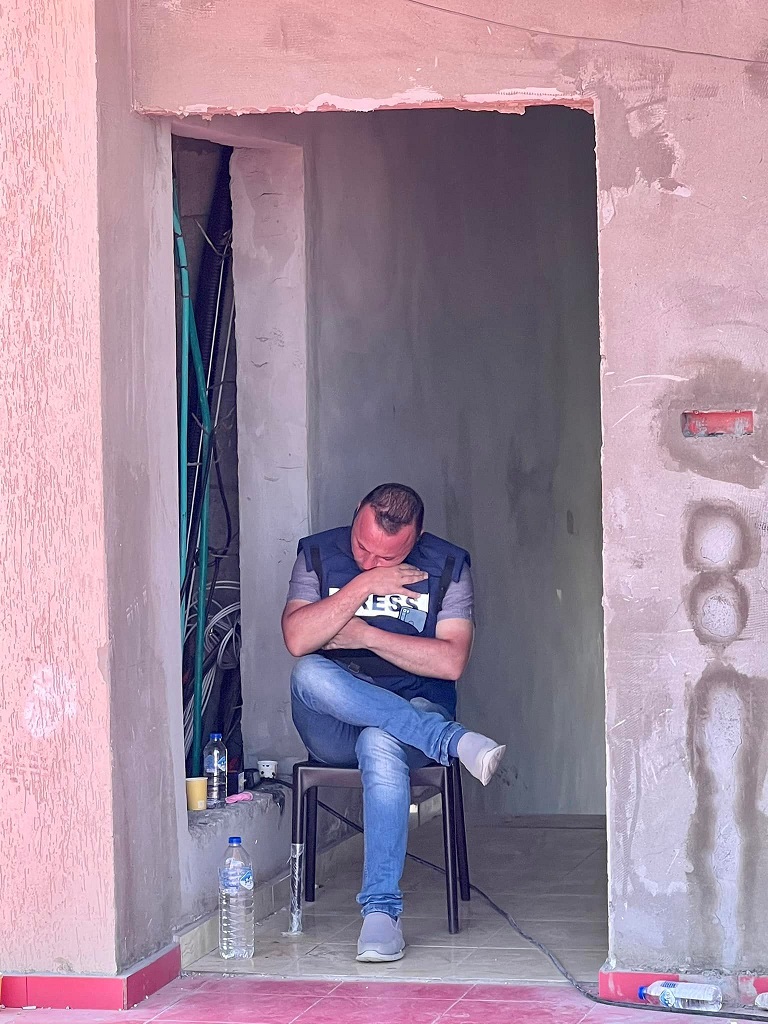
صورة أخرى لعمل الصحفيات أوقات الطوارئ في غزة ترسمها الصحفية إسراء البحيصي مراسلة قناة العالم الفضائية، وهي تعتلي سطح إحدى البنايات وتتجهز للخروج برسالة على الهواء مباشرة، رغم أصوات القصف المرتفعة، والطائرات الحربية التي لا تفارق سماء المدينة.
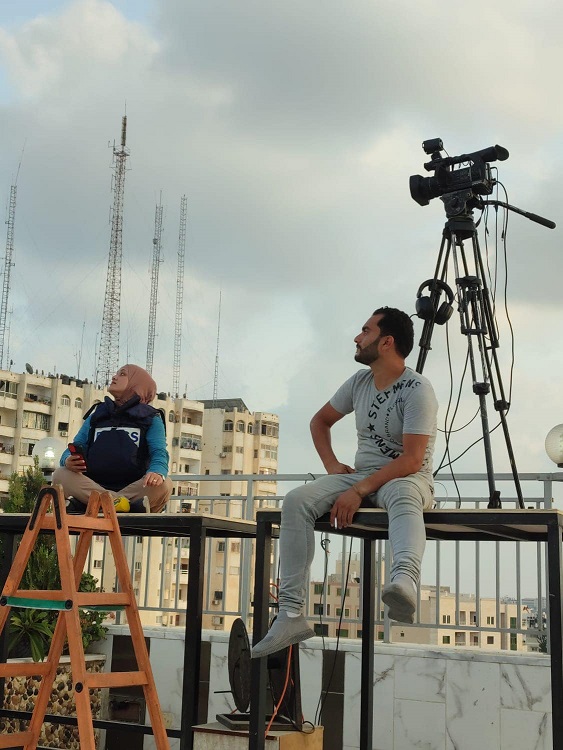
وفي كل جولة تصعيد يتخذ الصحفيون من المشافي نقطة ارتكاز لانطلاق تغطيتهم، نظرا لأنها تستقبل الشهداء والاصابات.
ففي مجمع الشفاء الطبي وسط مدينة غزة، يشرف المكتب الإعلامي الحكومي على إقامة خيمة إعلامية لتكون مكانا لاستراحة الصحفيين، وتوفر لهم خطوط الإنترنت والكهرباء، وفي ذات الوقت تكون وجهة الناطقين الإعلاميين للجهات الرسمية والحزبية للتواصل مع وسائل الإعلام.
حال الطوارئ لدى الصحفيين بالميدان، لا يختلف كثيرا على حال المؤسسات الإعلامية التي تتخذ أغلبها قرارا بإخلاء مقراتها التي يقع معظمها داخل الأبراج السكنية خشية استهدافها من قبل طائرات الاحتلال كما حدث ذلك سابقا.
تاريخ استهداف المؤسسات الإعلامية الفلسطينية من قبل الاحتلال طويل، ففي العدوان الماضي على غزة الذي بدأ في الخامس من آب/ أغسطس 2022 تضررت ثلاث مؤسسات إعلامية تتخذ من برج فلسطين وسط مدينة غزة مقر لها، بعدما بدأ العدوان باستهداف شقتين سكنيتين بداخله.
وفي صيف العام 2021، استشهد ثلاثة صحفيين خلال العدوان على غزة، ودمرت قوات الاحتلال برجين سكنيين يضمان عشرات الوسائل الإعلامية المحلية والدولية.
الأمثلة السابقة هي امتداد لمسيرة طويلة من استهداف الصحفيين من قبل الاحتلال الإسرائيلي، حيث تشير الإحصائيات إلى استشهاد خمسين صحفيا في الأراضي الفلسطينية منذ العام 2000.
حالة الاستهداف المباشر للمكاتب الإعلامية، دفعت القائمين عليها لاعتماد بند الإخلاء ضمن خطة الطوارئ، وانتشار الطواقم للعمل في الميدان.
وتقسم معظم المؤسسات الإعلامية خطة الطوارئ الخاصة بها لثلاثة مستويات، أولها يحمل اللون الأصفر يقتصر على تصعيد طارئ ينتهي في وقت قصير، والثاني يرمز له باللون البرتقالي وتشتد فيه المواجهة مع الاحتلال لعدة أيام، ولا تشكل تهديدا لوجود الصحفيين في مقارهم، بينما يضاء اللون الأحمر في المستوى الثالث من خطة الطوارئ التي يعلن عن دخولها التنفيذ مع اشتعال حرب مفتوحة تكون وسائل الإعلام ضمن أهداف الاحتلال.
وتقوم الخطة على إخلاء أجهزة العمل المهمة من المقرات الإعلامية وتوزيعها على الطاقم الميداني، فيما تخصص معظم الفضائيات والإذاعات المحلية مقرات بديلة للعمل بها وقت العدوان، خشية استهداف المقرات الرئيسة ذات العناوين المعروفة للاحتلال، كما حدث سابقا.
وتعتمد خطة الطوارئ للمؤسسات الإعلامية على عدد من الصحفيين الميدانيين، وتقليص عدد المناوبين لا سيما الإداريين منهم، خوفا على حياتهم.
ورغم الإرهاق الذي يصيب الطاقم العامل المقلص، إلا أنها الخطة الأفضل لحماية العاملين في الميدان، وتُسهل على الإدارة التنفيذية التواصل معهم بشكل أسرع في أوقات الطوارئ، رغم صعوبة الاتصالات والتحركات الميدانية.
وتمنح خطط الطوارئ الصحفيين في الميدان اتخاذ القرار في التحرك والتغطية بما يتناسب مع أوضاعهم، وبما لا يشكل خطورة عليهم في ظل القصف واستمرار إطلاق النار.
وفي سياق التوعية بإجراءات السلامة المهنية قدمت نقابة الصحفيين الفلسطينيين إرشادات للصحفيين خلال القصف الجوي، وكيفية تجنب خطرها:
- أفضل طريقة للتعامل مع المخاطر هي عدم الزج بنفسك في الأماكن الخطرة، حيث إن "درهم وقاية خير من قنطار علاج".
- قبل التوجه إلى أي مكان على الصحفي التأكد من امتلاكه لأدوات السلامة مثل الخوذة والدرع، مع إشارة واضحة تبين أن الذي يرتديها صحفي، إضافة إلى حقيبة الإسعافات الأولية.
- احتمالية تعرضها لضربات جوية أو لا، وذلك بمعرفته المسبقة عنها وعن أهداف محتملة تحتويها المنطقة، وعن الأحداث الدائرة فيها ويتابع نشرات الأخبار أو بأي وسيلة أخرى.
- يجب الانتباه والتوقع ما إذا كان الصحفي مستهدفا أو لا، فهناك مناطق عديدة شهدت استهداف صحفيين.
- على الصحفي الانتباه والابتعاد عن الأماكن التي من المحتمل أن تُستهدف، حسب طبيعة المنطقة وطبيعة النزاع، (مراكز أمنية، تجمعات مسلحين، مؤسسات حكومية، مناطق حدودية، بيوت مسؤولين...إلخ).
- ليس هناك قانون موحد أو إجراءات يتبعها الصحفي لتجنب مخاطر الضربات الجوية، فأولا وأخيرا تعتمد سبل الحماية على وعي الصحفي ومعرفته بالجغرافيا وطبيعة الحدث نفسه.




